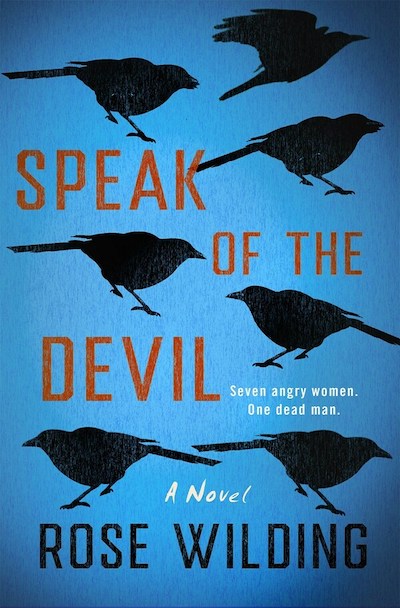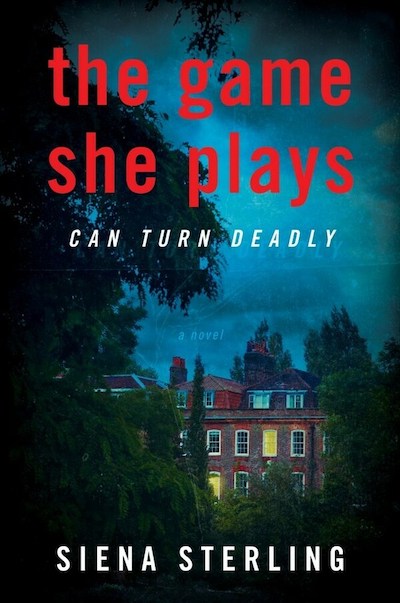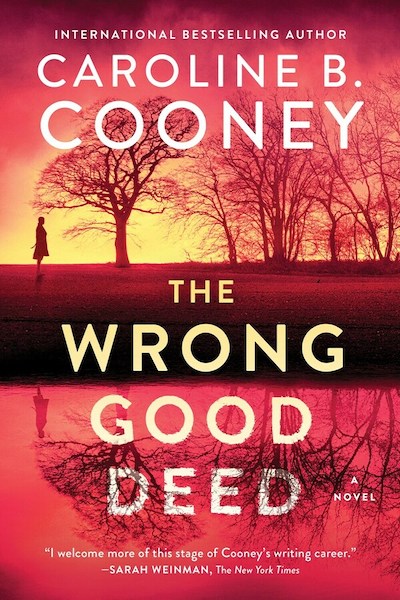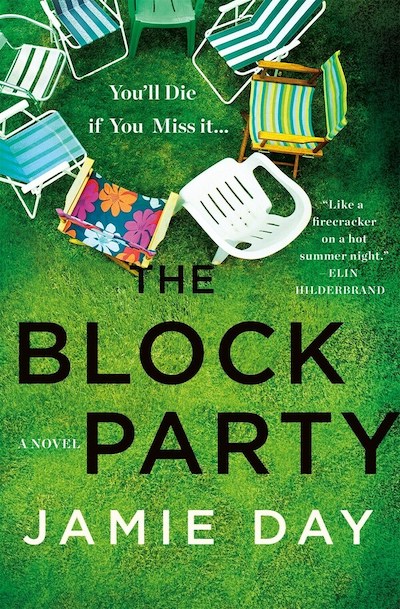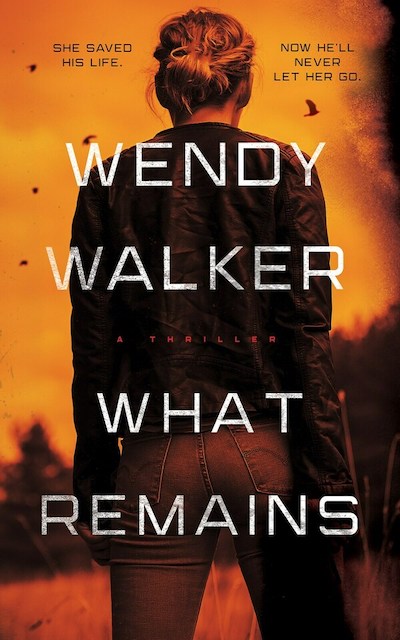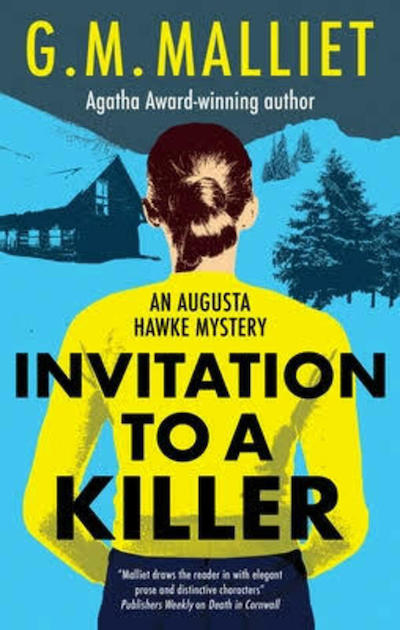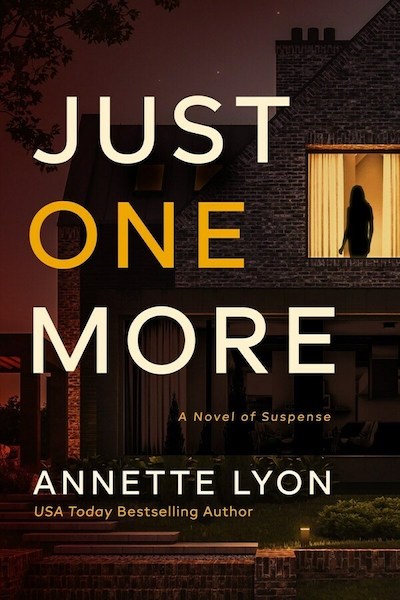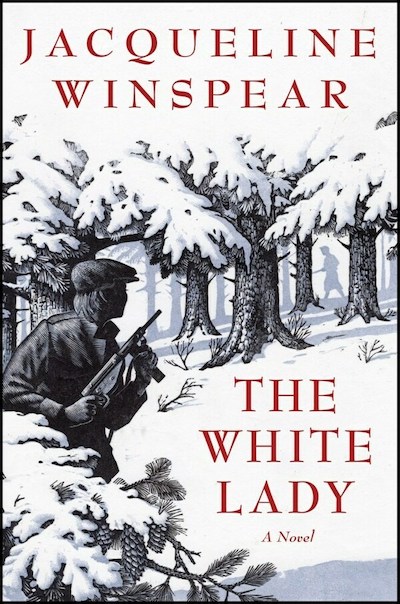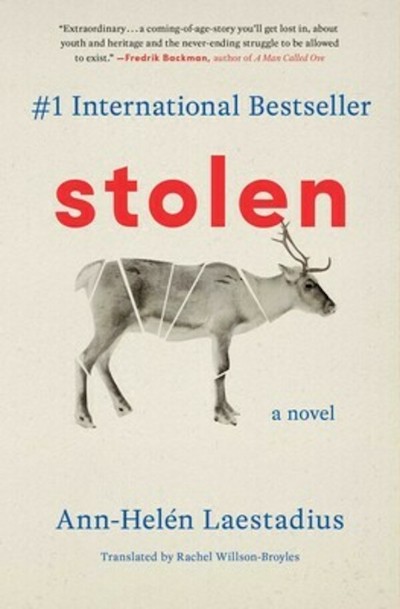Jamie Spellman is dead and nobody’s sorry. The women in his life are not only fine with the loss, we find eight of them sitting in a disused room above a Manchester pub with Jamie’s head on the table before them, a smell of “rot and pennies” in the air. One of them probably did the gruesome deed, but it’s hard to tell who when the story of each woman’s awful interactions with loathsome Jamie gets underway. It could have been his wife, Sadia; god knows he treated her badly enough. But Kaysha, the journalist investigating the story, knows that even though it’s always the spouse, the other women had equally valid reasons to hasten Jamie’s end. Another possibility is the teenager he was stringing along. Or maybe the mother who’s lost a daughter thanks to Jamie. Everyone’s got a story, and as they unspool, a lot is squeezed in, from infertility to alcoholism and from anger-fueled affairs to vicious gaslighting. It all comes together to link the women, whose stories converge in a way that will appeal to Kate Atkinson’s readers, and to create an ending that brings us back to that head on the table, but in a twisting, unexpected way. This debut author is one to watch.
Review
Heading to Paris for a much-needed vacation after a bad break-up, Nicola Harris meets Englishman James Shuttleworth on the flight and the two fall madly in love. They vacation in the south of France and move to his flat in London, while Nicola practically forgets about her life back in Buffalo. And why not, when they probably have ten feet of snow to shovel? All is going swimmingly until James suggests they spend the weekend at a house party, complete with shooting pheasants and lots of Barbour, where Nicola will finally have a chance to meet his friends. The book is set in 1980, so we don’t yet have the term social anxiety, but that’s exactly what Nicola is experiencing. And rightfully so. This lot of private-schooled, Cambridge-educated, alcoholic aristocrats, with their insider language and weird nicknames, is terrifying. Nicola gives it the old college try—she does love James—but just when she thinks she’s broken through, Juliet arrives. James’ ex-fiancée. Beautiful and seductive. And a genius at undermining Nicola, especially when no one else is around. But what Juliet’s after may be far greater than just destroying Nicola, and we slowly come to realize that everyone is in danger from Juliet. A slow simmer that’s full of great characterization, this should appeal to fans of Lucy Foley and Ruth Ware.
A wonderfully constructed thriller with several narratives, ranging from the 1st century to the present, that eventually come together in the most satisfying of ways. At the outset we have a newly elected pope who has created havoc within the Church with his appointment of a nun, Elisabetta Celestino, as his secretary of state. At the same time, a strip of ancient papyrus that comes from the long-lost Gospel of Mary Magdalene is discovered in a Cairo museum; just a snippet, it still manages to contain shocking information about the role of women in the early Church. It’s stolen and sold to a powerful, conservative U.S. billionaire—and collector of early Christian writings—who wants nothing more than to suppress the content. Alternating with the present-day narratives is the story of Mary Magdalene herself as we follow her from Jerusalem to Egypt to Ancient Rome. At the book’s center is Harvard Divinity School professor Cal Donovan, the protagonist of several of Cooper’s novels, the lynch pin who connects all the narratives. Often thrillers with historical backgrounds like this get weighed down with too much information and overly elaborate plots. But readers will move through this book like a hot knife through butter. For fans of Dan Brown and Steve Berry.
Clemmie and Muffin, friends in an active senior community (it’s not a retirement home!) are attending church together, content in their matching jackets and cozy friendship. Then Clemmie spots someone she knows from the past and is terrified and desperate to get out NOW. In flashbacks to the 1960s, when Clemmie was married to a man from their small South Carolina town’s most prominent family, we find her in a quandary. The men in her husband’s family are violent racists, but she’s too afraid of them to do anything about it…until she must take action and then run away forever. In the present, things are heating up as a white reporter makes an incendiary claim about something that happened to him in the town and a Black resident wants answers on her nephew’s disappearance. Then there’s a death among the seniors and history can’t be swept under the rug any more. This is a compelling read on many levels. The senior community’s friendship, backbiting, and the everyday indignities of growing “less active” are portrayed with wry accuracy by Cooney; Muffin’s disdain for Clemmie’s casual racism is a highlight. The author raises important questions: Can people really change? What is the responsibility of the bystanders to a crime? How can small-town residents from opposite sides of the fight for Civil Rights deal with one another today? For those who like a controversial mystery and fans of Richard Osman’s retirement-community-set The Thursday Murder Club.
A brilliantly structured debut—alternately witty, poignant, and terrifying—that follows a cluster of suburban Boston families through one year, from summer block party to summer block party. The drama unfolds on the well-off Alton Road, a cul-de-sac in the town of Meadowbrook. While the point of view shifts throughout, at the center are Alex Fox, former lawyer, current mediator, and full-time drinker, and her daughter, Lettie, the high-school girl who dresses all in black and is committed to saving the environment. Around them swirl two planetary systems that rarely intersect: one made up of the adult women—there’s more than a touch of Desperate Housewives with this crew, although they somehow manage to keep the peace—and the other made up of teens, who have their own sordid histories and hatreds. As for the dads, they show up only to create turmoil and threaten violence. As the year goes on, the gossip and scandals grow, from the neighbor who’s a star on OnlyFans to the high school girl with the middle-aged lover to the dad who’s hiding a secret obsession. Ultimately, the suspense is too great, and the little world of Alton Road blows up, leaving no one untouched. Readers will love this fresh, satirical take on suspense in suburbia. Perfect for fans of Fabian Nicieza.
A particular type of horror needs nothing supernatural: It’s when a mundane task suddenly requires every ounce of will and wits to survive. Police officer Elise Sutton is shopping for towels—her kids have been hinting that the threadbare affairs they’ve been using are not the world’s only towels, but who has the time?—when her training kicks into gear: there’s a shooter in the store. The scene that unfolds is a highlight of the book, though far from the only tense moment, and a meticulous portrait of human nature under pressure. Elise gets the gunman in her sight as he takes aim at a tall man who then escapes; the gunman is killed by Elise and the clothing racks come alive with shoppers who were hiding, terrified. Elise must now deal with her own trauma, having killed a man, and with the doubt that plagues her: did she need to kill him? Just as readers settle in for a tale about survivor’s guilt and PTSD, the story takes a turn: the tall man shows up, way too grateful for being saved, and by the time Elise realizes that he’s acting oddly, he’s become her obsessed stalker. Alternating with this inward-focused tale of one woman’s turmoil and peril is the saga of a burned body that’s found in the Connecticut woods, in an oven used by hunters. Finding out how these stories are related, and whether Elise’s marriage and career can survive the terror she faces, makes the pages turn quickly. Ideal for those who enjoyed Ian McEwan’s Enduring Love, another tale of obsession.
Love a good locked-room mystery? Well, here’s a book with two, sort of. Augusta Hawke, crime writer with a developing side gig as an amateur detective, has been invited to a dinner party at the home of Callie Moore, wife of one of Washington, DC’s biggest lobbyists, making Callie herself a sort of demi-goddess. Turns out Callie is eyeing Augusta to ghostwrite her memoirs; in fact, everyone at the dinner has some sort of publishing aspiration. And it’s quite the assemblage, including a congressman and his wife; a CIA couple; and Doc Burke, a famous humanitarian. Augusta may have little interest in ghostwriting, but the menu is delectable, the libations lavish—until the doctor seems to fall asleep. Except you, me, and Augusta all know he’s not sleeping. He’s dead, likely, it turns out, from his heart condition. O.K., it’s not a locked-room mystery if everyone Ubers home, but certainly it has the makings of one. Over the next several months, Augusta researches and ruminates, deciding that indeed the good Doc was murdered, likely poisoned. But how to find the murderer? Augusta decides to host a writers’ retreat, in the Shenandoah Mountain, just for the dinner guests. This crazy/fun plan—yes, it snows abundantly—provides the true locked-room experience. For all who love Augusta’s wit, insights into DC and the publishing industry, and a little bit of Agatha.
Librarian Jenn thinks her husband, Rick, will be thrilled with his birthday gift. He’s often wistfully mentioned his days as an avid surfer, when he hated leaving the beach, always staying for “just one more” wave. But when Jenn shows him the phrase “just one more” tattooed on her shoulder, he says she’s a tramp. And to Jenn’s further shock and puzzlement, he says he’s never surfed. A chill sets into the newlyweds’ days, with Rick becoming more distant and controlling. But surely things will improve, thinks Jenn, if she does her best. When she finally feels ready to ask when they should start to try having children, which they’ve decided is in the cards, she’s dismayed to hear him say that he’s been clear that he never wanted kids. That increasingly red-flag-filled saga is one half of this rollercoaster tale; the other part is narrated by Jenn’s best friend, Becca, who in the beginning of the book arrives at Jenn’s house to find her drowned in the bathtub. The two women’s investigations—Jenn’s library research on her husband’s past and Becca’s digging into what happened to Jenn—unfurl in tandem, an effective device that allows the narratives to complement each other’s details and tone and enables the women to seemingly work together across the time lines. Just wait for that satisfying ending.
Jacqueline Winspear, author of the hugely popular mystery Maisie Dobbbs series set in England during WWII, here moves into the post-war world with a new heroine. Elinor White has had a lifetime of espionage. Born in Brussels, daughters of a British mother and a Belgian father who died in the early years of the WWI, she and her older sister spent WWI in Brussels, working as trained spies, going so far as derailing German supply trains in the dead of night. By age 14, already an expert markswoman, Elinor moves with her family to England. But by the beginning of WWII, she’s back in the espionage game, although eventually a terrible injury behind enemy lines sends her back to England and a lengthy hospitalization. When the war finally ends, she moves to the country, promising to forget the past and live a life of monotony. But when the lives of a neighboring family are threatened—they too are seeking anonymity—Elinor becomes involved, facing the country’s largest crime family head on. Throughout, readers will sense that Elinor is keeping something from us, and when her secret is finally revealed it brings about a type of healing. As always, Winspear is brilliant at bringing us into the past and into the lives of women, so often left out of accounts of war efforts. Winspear fans will find much to enjoy here, as will other readers of historical fiction.
Elsa knows you have to keep your hands in the sled so they’re not sliced by sharp ice. She’s learning to sew gákti, her Sámi family’s traditional clothes. She’s even big enough to surprise her parents by skiing to the reindeer corral and feeding the animals by herself. But one day, when she gets there, in the opening of this unusual and immersive novel, Nástegallu, the reindeer her father has given her as her own, has been murdered. More terrifying, the killer stares at Elsa and draws his finger across his throat to show that she’d better keep her mouth shut. The lonely terror triggered by this gruesome event seeps into Elsa’s bones and shapes her life for the decades spanned by the book. As a frightened child and later a fledgling Sámi-rights activist, Elsa stands on the tenuous border between the indigenous reindeer herders who are trying to maintain their traditional way of life and the more modern Swedes around them who treat the “bloody Lapps” (Lapp is a slur) as either entitled leeches on the state or quaint artifacts of pastoral innocence. Always at the center are the reindeer and the serial killing of them, a destruction of Sami food, transport, heat, and sense of self. A reindeer serial killer? I know. But this is one of those books that will draw you in, teach you, and stay with you. Sámi journalist Laestadius’s adult debut, this book won Sweden’s Book of the Year prize in 2021 and is being adapted into a film that will be on Netflix in 2024

